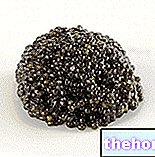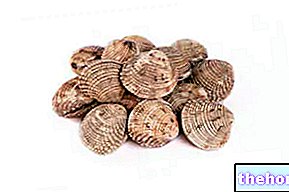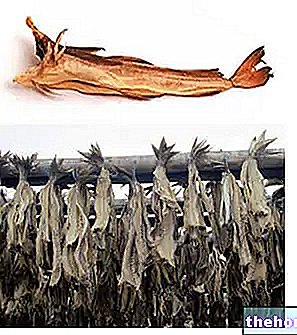What are shrimp?
Shrimps are foods of animal origin belonging to the I fundamental group of foods. From a nutritional point of view, they are classified as "fishery products" and as such they represent above all a source of: high biological value proteins, specific vitamins and minerals; they contain a good percentage of essential fats, but also significant doses of cholesterol.

"Shrimp" is not a scientific term and indicates many animal species that, in some way, resemble each other.
Among the shrimps there are species that must necessarily be fished (generally living in the sea, at great depths) and creatures that can be bred (especially animals that colonize brackish or even fresh waters).
Description
Shrimps are small invertebrates, varying in size but not exceeding a few centimeters, with an elongated shape and variable color and length depending on the species. Without an internal skeleton, they are covered by the rigid and segmented structure based on chitin typical of "crustaceans".
The shrimp body can be analyzed by dividing it into two segments: the large "head", which also acts as a container for most of the organs, and the belly, consisting of a bundle of muscles that reach up to the tail and in which the " the only passing organ is the intestine.
On the head they are inserted frontally: two protruding eyes (usually black in color), a pair of sensory antennae and sharp rostrums, stretched forward, under which the jaws are hidden.
Note: Shrimps do not have large front claws like lobsters, prawns, crabs and crayfish.
Below, instead, from the head to the tail, six pairs of limbs are inserted, of which at least two are small claws and at least four are legs. From the belly (segmented to allow the flexion necessary for the flick of the tail to escape), below, six other pairs of limbs are inserted, usually used for swimming; on the far rear side appears a massive caudal fin, necessary for emergency propulsion for escape. Note: Shrimp move by walking or swimming forward; they spring back only to escape.




























